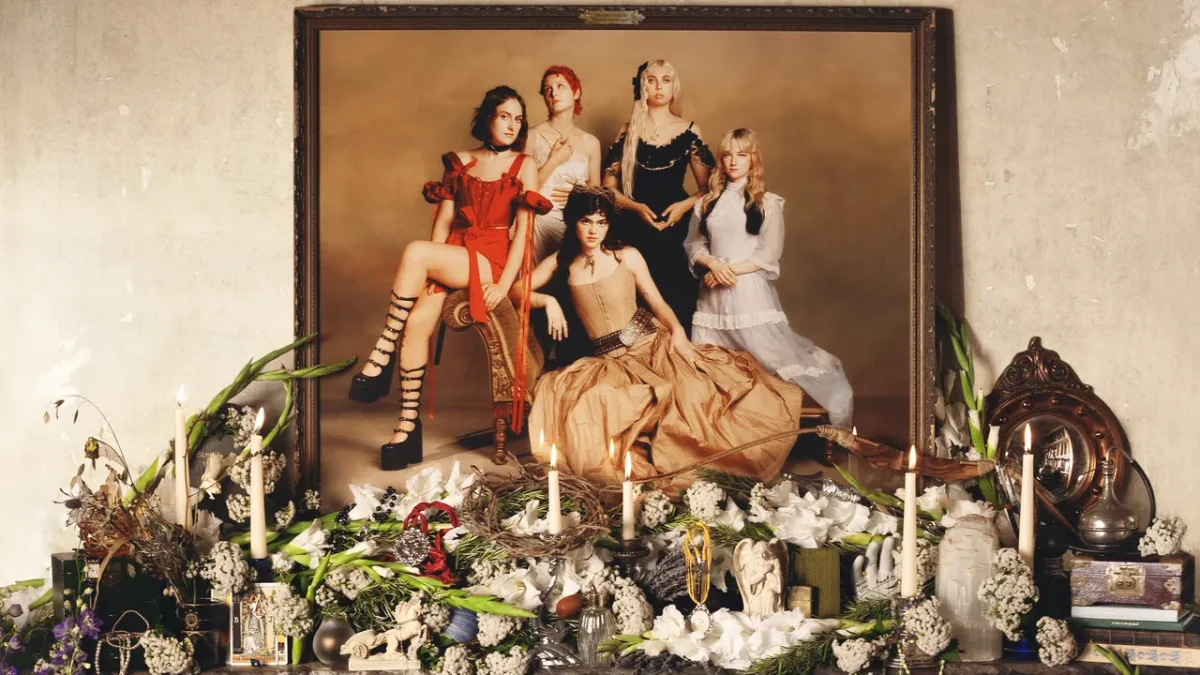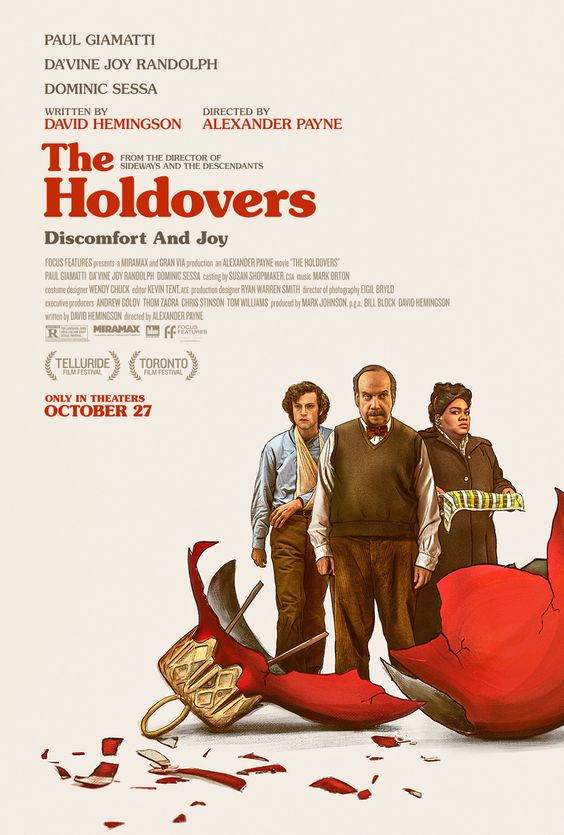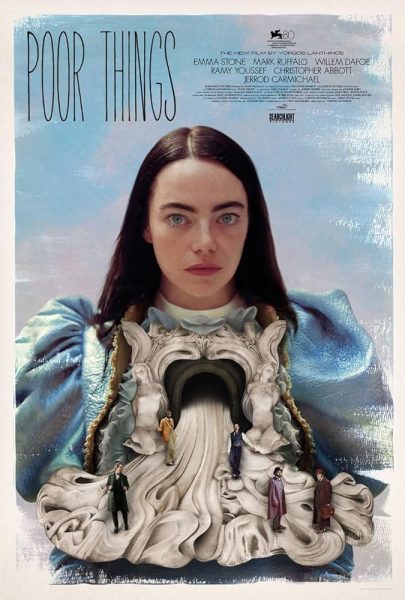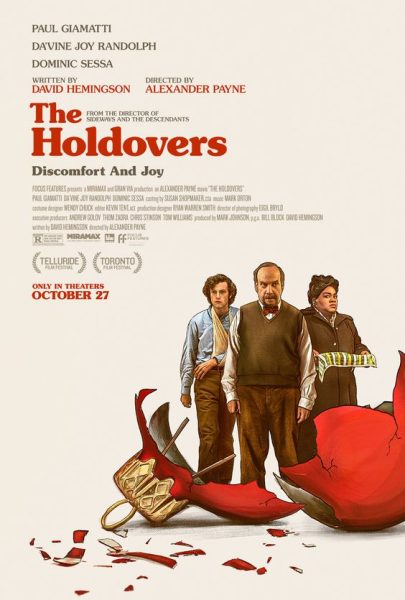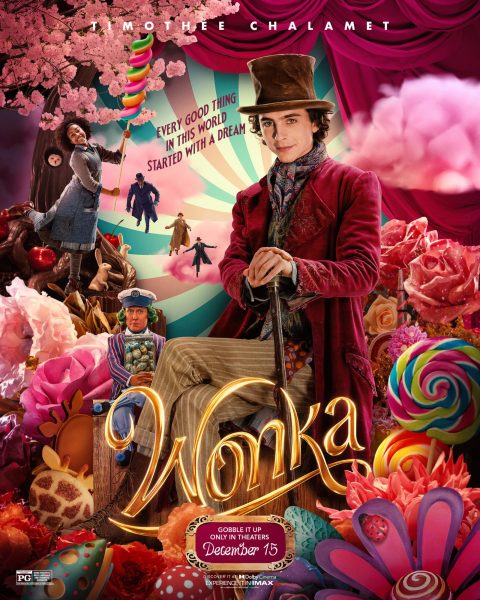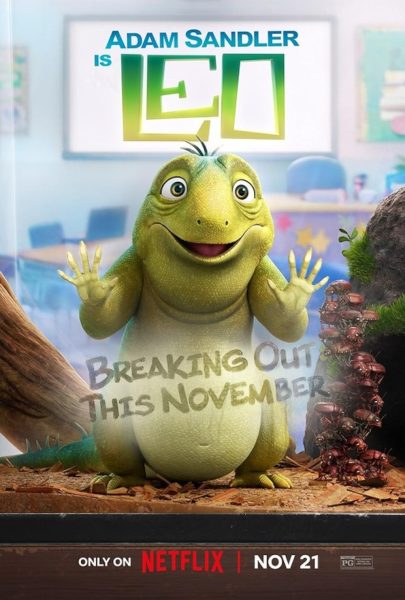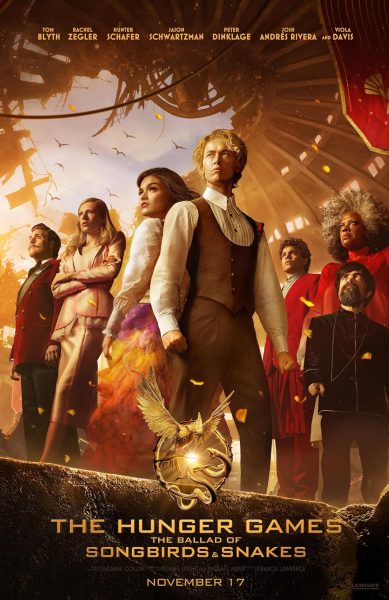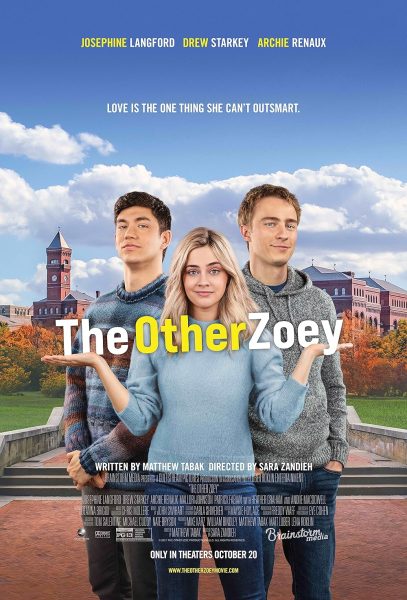Despite its flaws, Mary, Queen of Scots remains an appealing film
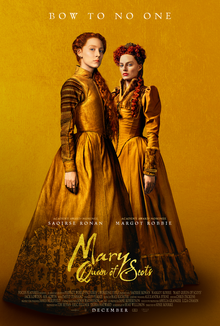
For just $11.75, I traveled to 16th century England for a night. The movie Mary, Queen of Scots was an immersive experience that depicted the story of the ephemeral Queen Mary (Saoirse Ronan) in exquisite detail.
For those of you unaware, the famous queen of Scotland was a turbulent, Catholic woman in a time where the Protestant Queen Elizabeth (Margot Robbie) rested on the throne of England. Because of her being a direct descendant of King James V, Mary has claim to the throne and spends the duration of the film trying to get Elizabeth to name her the successor if there is no heir.
Mary, being a female ruler in an early time in history, has a council (of men) who are ready to tell her every which way to dictate the country. The unwillingness for Mary to comply with her council, along with discord in England, provides for the main conflict of the film.
The pacing of the story itself was a bit offbeat, though. Time jumps would occur without warning, leaving the viewer confused when the plot suddenly skipped multiple years ahead. Additionally, when some of the obscure political discussion was occurring, I could feel myself understanding what was happening just after the pivotal moments would occur.
However, amidst some of the confusion, the acting soared above any storyboard stumblings. Ronan and Robbie’s portrayals were like photo negative images of each other. Mary’s fertility and youthful ambition were often juxtaposed with Elizabeth’s older and wiser disposition and her longing to be a mother.
Though Ronan played the titular character and did a fantastic job at that, Robbie completely captivated the crowd while on screen. Along with a more drastic physical transformation of the two Oscar-nominated actresses, partly due to Ronan’s natural resemblance to her character, Robbie brought more emotional dimension to her role as well. The venerable quality to her character made her admirable, and her vulnerability made her human aspects sympathetic.
Some of the other supporting roles were great as well, like the religious radical John Knox (David Tennant) or Mary’s enigmatic second husband Lord Darnley (Jack Lowden). These supplemented the leading roles and led to many extremely entertaining interactions on screen.
Though the acting in the film was beyond superb, the scenery was even better. The gorgeous country of Scotland was put on display in this film in the best way. From rocky beach shores to sweeping green valleys, the beauty of the Scottish land almost felt like a character itself. It changed with the plot but kept its strong qualities at the same time.
If there was anything that would turn the viewer off it would be some of the more graphic scenes. Most prominently, there are a few battles that occur in the film where death is shown in a large quantity but not necessarily with intimate detail. However, there is another scene where a character is brutally stabbed to death, and the faint of heart would perhaps do better to watch a more family-friendly movie. In addition to the fight scenes, there are a few depictions of sexual violence against Mary that prove difficult to watch for any viewer.
Though Mary, Queen of Scots did feel rather long while I was watching, the ending felt abrupt. However, in true Mary fashion, I was entertained the whole time.

Meredith VanSkiver is a senior entering her final year on staff, which makes her bittersweet but still ready to work. In addition to The Central Trend, she...





















